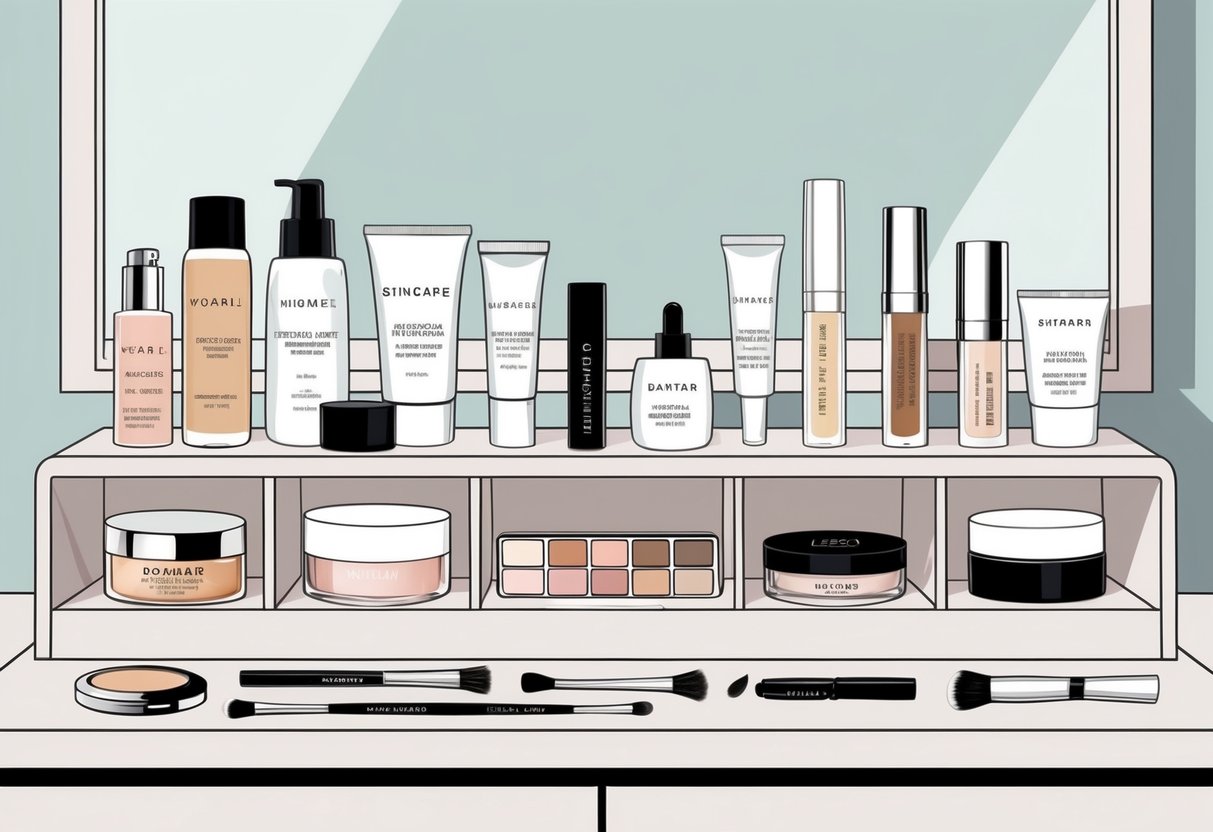Flawless Natural Makeup Looks: Step-by-Step Guide for Beginners and Pros
Achieving a flawless natural makeup look can enhance anyone’s features while still letting genuine skin shine through. With the right techniques and a straightforward step-by-step routine, flawless natural makeup is achievable for both beginners and experienced enthusiasts.
Clear guidance helps eliminate guesswork, making it easier to master application and blendability. This is especially helpful for those new to foundation, concealer, or contouring.
A successful natural makeup routine starts with the essentials: skincare, proper primer application, a lightweight foundation or tinted moisturizer, and seamless blending of concealer. These basic steps create the base for the soft glow and smooth finish that define natural makeup looks.
Key details—like choosing the right shades, applying blush for dimension, and using subtle highlighter—can transform any face without looking overdone. Step-by-step tutorials designed for beginners or practical tips can be especially helpful.
Many professionals emphasize the importance of balancing hydration and coverage to avoid a cakey effect. This guide explores each phase in detail, making it simple to recreate a glowing, natural finish that lasts all day.
Understanding Flawless Natural Makeup
Flawless natural makeup focuses on enhancing natural beauty using lightweight products and careful application. Choosing the right makeup essentials and techniques allows anyone to create a healthier, more radiant complexion without heavy coverage or dramatic effects.
What Defines a Natural Makeup Look
A natural makeup look uses minimal, skin-like formulas, such as tinted moisturizers or sheer liquid foundations, to even skin tone while keeping the complexion visible. These techniques often include cream blush, neutral eyeshadows, and subtle highlighter to mimic a fresh, well-rested appearance.
The goal is to allow natural features like freckles and skin texture to show through, avoiding heavy contouring or bold colors. Key characteristics include well-blended base layers, lightly groomed brows, soft definition for eyes and lips, and a dewy, hydrated finish.
Natural makeup emphasizes healthy skin, choosing shades close to the user’s undertone and preferring products that provide hydration and a luminous finish. Using less product per step is common, applying just enough to evenly blur imperfections rather than conceal every detail.
For a deeper breakdown of creating a soft and wearable look, see Maybelline’s natural glow makeup guide.
Benefits of Natural Makeup for Every Skin Type
Natural makeup styles are adaptable for dry, oily, combination, and sensitive skin types. Lightweight, breathable formulas reduce the risk of clogging pores or causing irritation, which is especially important for those with acne-prone or sensitive skin.
Balancing hydration while minimizing shine is achievable with products like sheer foundation, translucent powder, and cream-based blushes. People with uneven skin tone or redness can still achieve a flawless look by choosing buildable coverage products that allow spots to be concealed only where needed.
For tips on tailoring this style to individual skin needs, L’Oréal Paris describes how a natural makeup routine can work for everyone, regardless of their skin type.
Building a Skincare Routine for Makeup Prep

Proper makeup application begins with attentive skin care habits. Having a consistent skincare routine helps minimize texture, boosts hydration, and creates an even surface for foundation and other makeup products.
Cleansing and Exfoliation Basics
A clean face is the cornerstone of any effective makeup prep process. Cleansing removes dirt, oil, and lingering skincare products, which can interfere with primer and foundation adherence.
For daily cleansing, a gentle, non-stripping cleanser is best to avoid irritation. Exfoliation helps eliminate dead skin cells that roughen texture and cause makeup to look uneven.
Use a mild exfoliant, such as a chemical exfoliator with AHAs or BHAs, 2-3 times a week. Physical scrubs can be irritating for sensitive skin and should be used sparingly.
Over-exfoliating can compromise the skin barrier and lead to irritation or flaking. For best results, always follow cleansing and exfoliation with lukewarm water to avoid redness or dryness.
Pat the skin dry with a clean towel—do not rub. This preps the skin for maximal absorption of follow-up products like moisturizer or primer.
Consistent cleansing and thoughtful exfoliation ensure a truly fresh canvas for makeup.
Moisturizing and Priming the Skin
Applying a suitable moisturizer is crucial to maintaining hydration levels and supporting skin elasticity. Select a moisturizer matched to the individual’s skin type—oil-free or gel-based formulas work well for oily skin, while richer creams suit dry skin.
Moisturizer not only hydrates but also reduces the appearance of dry patches or fine lines in makeup. Before applying foundation, use a makeup primer to create a smooth, even base.
Primers can help blur pores, mattify shine, or provide additional moisture, depending on skin needs. Some primers also include SPF, giving extra protection against sun damage.
Let moisturizer sink in for at least a few minutes before priming to prevent pilling or uneven application. A correct blend of moisturizing and priming forms the foundation for longer-lasting, more natural-looking makeup.
Both steps minimize creasing and enhance the look and feel of the final makeup look.
Importance of Hyaluronic Acid in Base Preparation
Hyaluronic acid has gained recognition for its deep hydration abilities and compatibility with most skin types. As a humectant, it attracts and holds up to 1,000 times its weight in water, making it invaluable for prepping the skin for makeup.
Incorporate a hyaluronic acid serum between cleansing and moisturizing steps by patting it into damp skin for optimal absorption. Its lightweight texture means it layers well without feeling sticky or heavy.
This is beneficial for both oily and dry skin, as hyaluronic acid helps maintain balance and keeps the skin surface plump. Plump, hydrated skin allows foundation to glide on smoothly, without settling into fine lines or clinging to dry patches.
For those wanting to enhance their pre-makeup skin routine, incorporating hyaluronic acid products can help achieve a flawless, natural base that supports makeup wear throughout the day.
Look for moisturizers and primers that contain hyaluronic acid for added hydration benefits.



